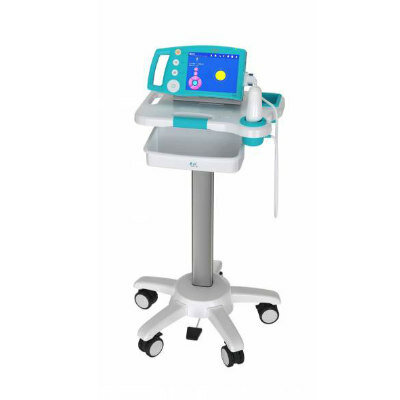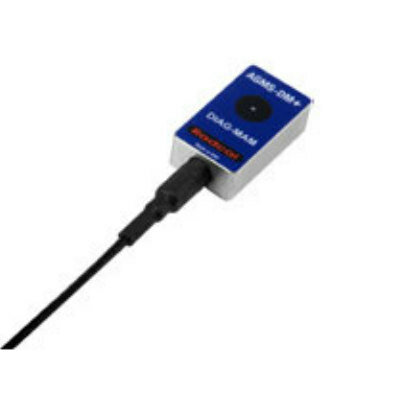Imaging Shows Developmental Disorders in the Brain Leading to Autism
By MedImaging International staff writers
Posted on 15 Nov 2011
Researchers have found a possible explanation for why autistic children act and think differently than their peers. For the first time, they have shown that the connections between brain regions that are important for language and social skills grow much more slowly in boys with autism than in nonautistic children. Posted on 15 Nov 2011
Researchers from the University of California, Los Angeles (UCLA; USA) have found a possible reason autistic children think and act differently than their peers. For the first time, they have shown that the connections between brain regions that are important for language and social skills grow much more slowly in boys with autism than in nonautistic children.
Reporting in October 20, 2011, online edition of the journal Human Brain Mapping, senior author Jennifer G. Levitt, a professor of psychiatry at the Semel Institute for Neuroscience and Human Behavior at UCLA; first author Xua Hua, a UCLA postdoctoral researcher; and colleagues found aberrant growth rates in areas of the brain implicated in the social impairment, communication deficits, and repetitive behaviors that characterize autism.
Autism is believed to affect one in 110 children in the United States alone, and many specialists experts believe the numbers are growing. In spite of its prevalence, little is known about the disorder, and no cure has been discovered. Typically, as children grow into teenagers, the brain undergoes major changes. This highly dynamic process depends on the creation of new connections, called white matter, and the elimination, or “pruning,” of unused brain cells, called gray matter. As a result, our brains work out the ideal and most efficient ways to understand and respond to the world around us.
Although most children with autism are diagnosed before they are three years old, this new study suggests that delays in brain development continue into adolescence. “Because the brain of a child with autism develops more slowly during this critical period of life, these children may have an especially difficult time struggling to establish personal identity, develop social interactions, and refine emotional skills,” Dr. Hua said. “This new knowledge may help to explain some of the symptoms of autism and could improve future treatment options.”
The researchers used a type of brain-imaging scan called a T1-weighted magnetic resonance imaging (MRI), which can map structural changes during brain development. To evaluate how the brains of boys with autism altered over time, they scanned 13 boys diagnosed with autism and a control group of seven nonautistic boys on two separate occasions. The boys ranged in age from 6 to 14 at the time of the first scan; on average, they were scanned again about three years later. By scanning the boys twice, the scientists were able to create a detailed image of how the brain changes during this critical period of development.
In addition to seeing that the white-matter connections between those brain regions that are critical for language and social skills were growing much slower in the boys with autism, they discovered a second anomaly in two regions of the brain: in the putamen and the anterior cingulate unused cells were not correctly trimmed away.
“Together, this creates unusual brain circuits, with cells that are overly connected to their close neighbors and under-connected to important cells further away, making it difficult for the brain to process information in a normal way,” Dr. Hua said. “The brain regions where growth rates were found to be the most altered were associated with the problems autistic children most often struggle with--social impairment, communication deficits, and repetitive behavior.”
Future studies using alternative neuroscience techniques should attempt to identify the source of this white-matter impairment, according to the researchers. “This study provides a new understanding of how the brains of children with autism are growing and developing in a unique way,” Dr. Levitt said. “Brain imaging could be used to determine if treatments are successful at addressing the biological difference. The delayed brain growth in autism may also suggest a different approach for educational intervention in adolescent and adult patients, since we now know their brains are wired differently to perceive information.”
Related Links:
University of California, Los Angeles














